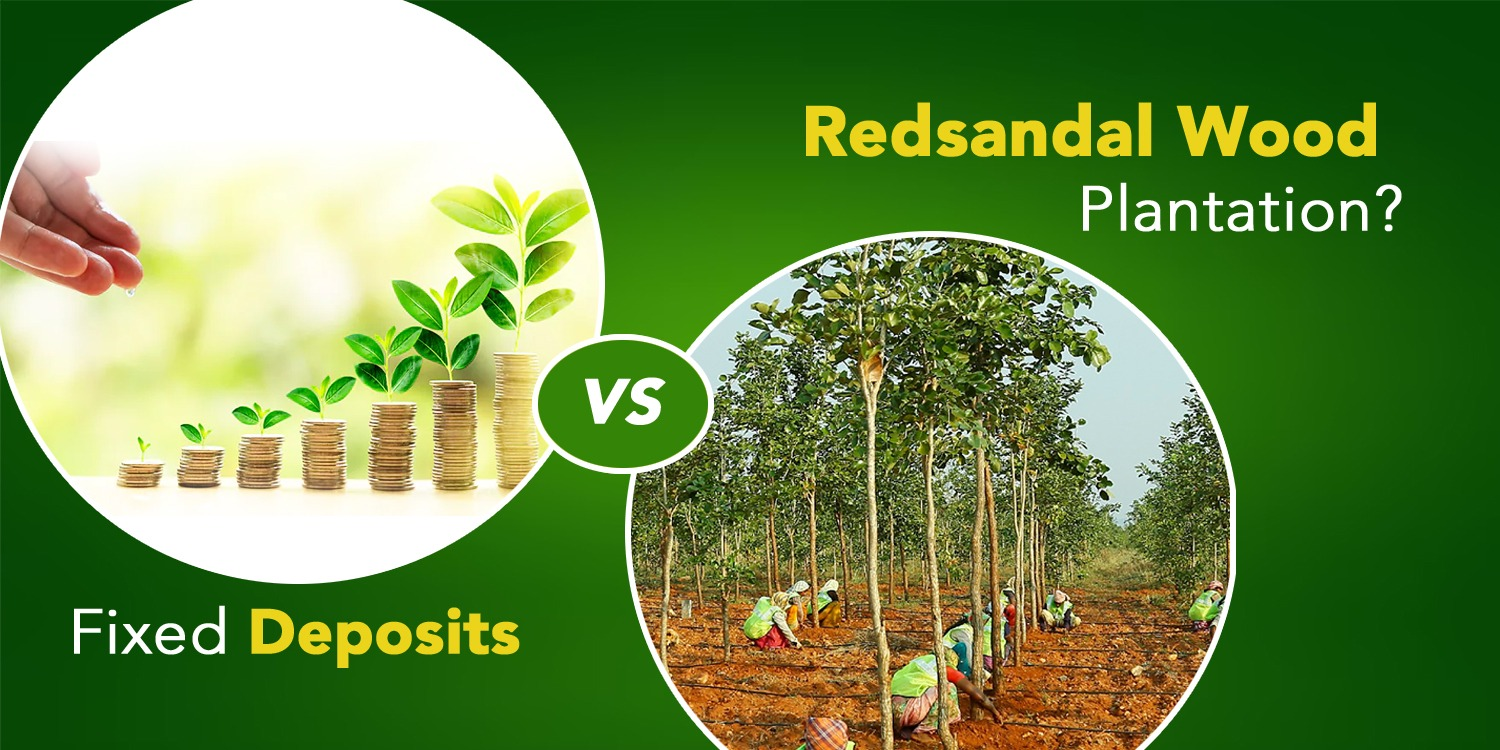
Fixed deposits and red sandalwood plantations are two very different investment options, each with its own set of advantages and disadvantages. In this article, we will explore the differences between fixed deposits and red sandalwood plantation investments, and why investing in the right red sandalwood plantation can be an attractive alternative to traditional fixed deposits.
Fixed deposits are a popular investment choice due to their low risk and guaranteed returns. They offer a fixed interest rate over a fixed period of time, making them a popular choice for conservative investors. However, the returns on fixed deposits are often lower than other investment options, and the interest earned is taxable.
Investing in a red sandalwood plantation can be an attractive alternative to traditional fixed deposits due to its high returns and low risk. Red sandalwood is a valuable hardwood that is in high demand in several industries, including furniture and cosmetics. As a result, investing in a well-managed red sandalwood plantation can provide substantial returns over the long term.
Unlike fixed deposits, investing in a red sandalwood plantation is a long-term investment. It takes several years for the trees to mature and reach their full value. However, once the trees are mature, they can provide substantial returns for decades.
Investing in a well-managed red sandalwood plantation can be a low-risk investment. The demand for red sandalwood is high, and the wood is often in short supply, meaning that the market for wood is relatively stable. Additionally, red sandalwood plantations are relatively low maintenance, requiring little attention once the trees have been planted.
When considering investing in a red sandalwood plantation, it's important to choose the right plantation. A well-managed plantation should have a good track record of tree growth and yield and be located in a region with favorable growing conditions. The plantation should also have a clear and transparent investment plan, detailing the expected returns and risks involved.
In conclusion, investing in a red sandalwood plantation can be an attractive alternative to traditional fixed deposits, providing higher returns and lower risk. However, it's important to choose the right plantation and invest for the long term to maximize returns. By considering the advantages of investing in a red sandalwood plantation, investors can make informed decisions about their investment choices and achieve their financial goals in 2023 and beyond.